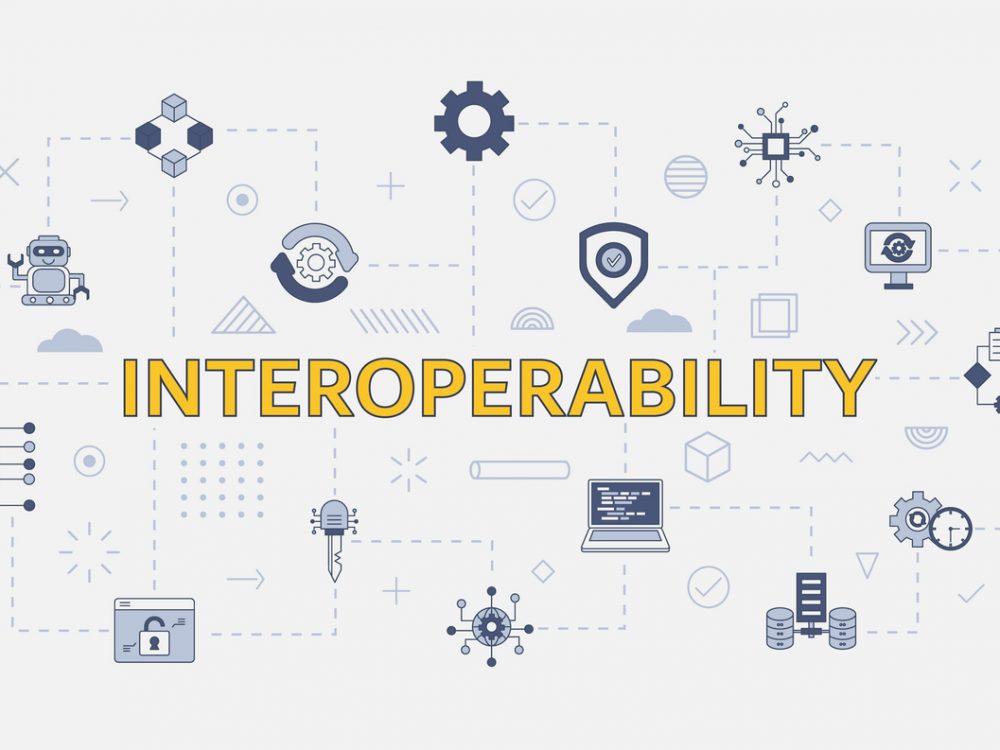
Balancing Needs: Three Insights in Building a Co-Design Approach Across Multiple Countries
A top priority at Development Gateway: An IREX Venture (DG) is collaborating closely with partners to ensure our program design and implementation truly align with partners’ needs (i.e., a co-design approach). This co-design approach is especially vital when our goal is to garner consensus across multiple countries of implementation around next steps in a given program, while also balancing individual countries’ political and policy priorities.
To help realize this priority in DG’s Data on Youth and Tobacco in Africa (DaYTA) program, we built upon our co-design approach, integrating it into all activities throughout the first year of program implementation. This culminated in a four-day workshop with partners on October 30 – November 2 in Naivasha, Kenya, which was the first time we’ve convened government officials from multiple countries at this scale to engage in co-design along with other non-governmental partners. Reflecting on this workshop and the work preceding it, we’ve identified three insights below on how to co-design with stakeholders representing multiple countries.
The DaYTA program, which is supported by The Bill and Melinda Gates Foundation, aims to supply sub-Saharan African governments with improved access to country-specific data that will inform better tobacco control policy design and implementation.
Specifically, DaYTA will design and implement research to address key data gaps with respect to tobacco use among young people aged 10 to 17 in the Democratic Republic of Congo (DRC), Kenya, and Nigeria. This information will be easily accessible in order to meet the needs of government stakeholders, civil society, and academia.
Because one of DaYTA’s main objectives is to collect data on youth tobacco use in a coordinated manner in order to allow the results to be meaningfully compared across all three countries of implementation, we knew that our partners would need to agree around core content for the research questionnaire and protocol; however, we also knew we needed to be flexible and designate certain content as optional—since not every country will have the same needs.
To achieve this end, we dedicated the first year of program implementation to co-design: collecting inputs at the individual, country, and full consortium levels. To start, we conducted a rapid assessment, which was based on our CALM methodology, followed by country-specific workshops in order to hear from partners themselves so that we might be better able to find a balance between program requirements and country-specific needs. Our co-design process culminated in a four-day workshop on October 30 – November 2 in Naivasha, Kenya attended by partners representing government, academia, and civil society from all three countries of implementation.
Three Insights on a Multi-National, Multi-Partner Co-design Approach
- Strive to engage a diversity of partners and tailor engagement based on their expertise, interest, and availability: From government departments and subcontractors to civil society organizations, every partner brings a unique perspective and expertise. Therefore, a successful co-design approach will deeply engage each partner throughout the process to ensure their valuable input is given and reflected in program design and implementation, based on their area of expertise and availability. Outside of meetings with the full consortium of partners, an important step in DG’s co-design approach is understanding individual partner’s communication style and availability in order to understand and address their involvement throughout the rest of the program.
For example, in the consortium of DaYTA partners, we have many experts—both within and across DaYTA countries—who are working in such sectors as research, academia, public health, tobacco control, media, and youth advocacy, among others. Because tobacco use and youth is so nuanced, we rely on each partners’ insights from their sectors to create programmatic solutions to improve the creation and implementation of tobacco control policy. Therefore, our primary goal in co-designing is ensuring that all partners are engaged throughout the process. - Emphasize equity across co-design partners by creating opportunities for cross-country collaboration as well as country-specific discussions: Each partner brings value to co-design; however, every partner is also working in their own country and in their own context. Therefore, some needs, concerns, or (even) insights might not be appropriate to share across the entire consortium of co-design partners—as a result of anything from time constraints to political or cultural aspects that are unique to one context.
Prior to the workshop in Naivasha, we facilitated independent country-level workshops in which country teams could dive deep into the concerns, needs, and next steps of their work. Then once convened in Naivasha, we facilitated cross-learning through mixed-country breakout sessions and ensured that a variety of stakeholders had the opportunity to share their insights, findings, concerns, etc. in plenary. Additionally, we continued to provide opportunities for country-specific sessions. Finally, across all sessions, we had English to French (and vice versa) interpretation to ensure all partners were included and each session was accessible. - Create governance structures or mechanisms to engage partners at the country and cross-country levels: One important next step that was identified during the workshop in Naivasha was the need for new governance structures and mechanisms—such as steering committees or advisory councils—in and across the three DaYTA countries. While collaborating across governance structures in three countries in a coordinated manner will be a new opportunity for DG, we’ve seen the benefit these types of structures can have on stakeholder engagement in specific countries. Specifically, in implementing DG’s TCDI program, a technical advisory board was formed in the DRC as part of the illicit trade research. Due to the success of this structure in meaningfully engaging technical stakeholders from government and academia, as well as the fact that governance structures are an industry best practice, we agreed that having similar structures for DaYTA in each country would be the best way to continue the momentum started at this workshop and provide active touchpoints for updates and feedback throughout implementation.
Keep an eye out for more insights as DaYTA moves forward with the co-design process, creating new governing structures, and beginning primary research on adolescent tobacco use!
Share
Recent Posts

Data on Youth and Tobacco in Africa Program Enters Phase II
The Data on Youth and Tobacco in Africa (DaYTA) program is launching its second phase, expanding to five additional countries. This blog highlights DaYTA’s objectives, innovative approach, and the key activities driving impact in adolescent tobacco control measures.

Interoperability as a Cornerstone of Resilient Digital Systems
As digital systems continue to multiply, siloed platforms limit long-term impact. This blog reflects on why interoperability is essential to building resilient, sustainable digital systems that remain useful beyond individual programs.

Why Africa Will Define the Next Decade of Digital Public Infrastructure
As the global conversation shifts from frameworks to delivery, this blog reflects on why Africa will define the next decade of Digital Public Infrastructure (DPI), drawing on insights from the Global DPI Summit and years of on-the-ground experience.